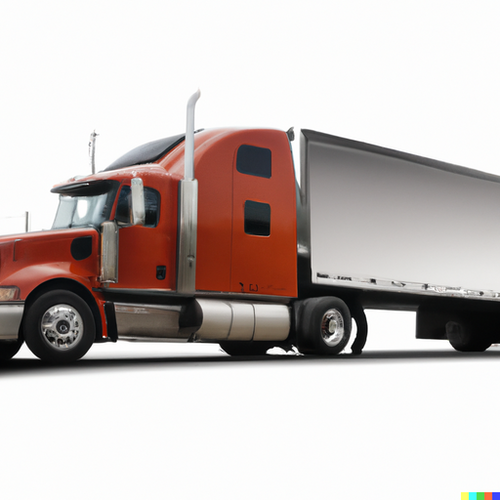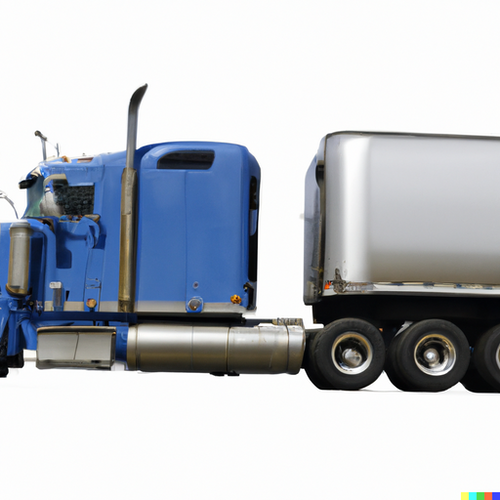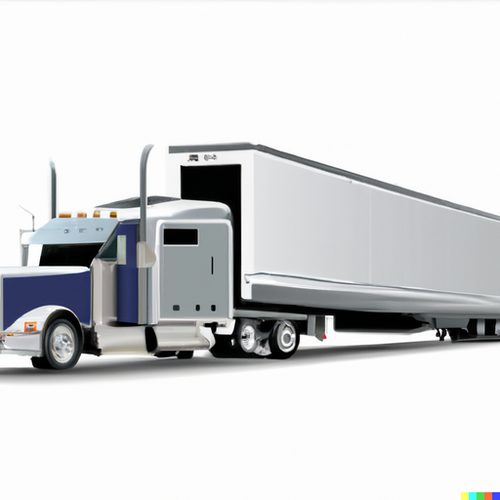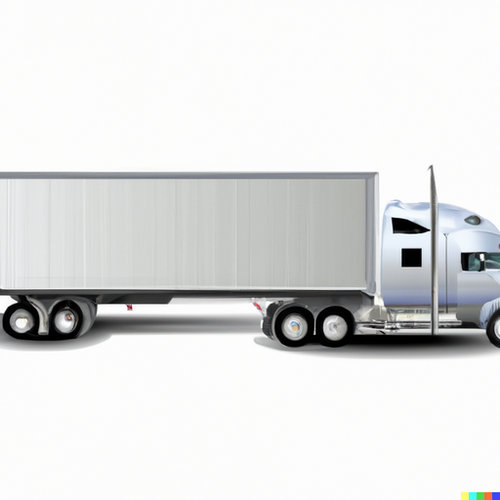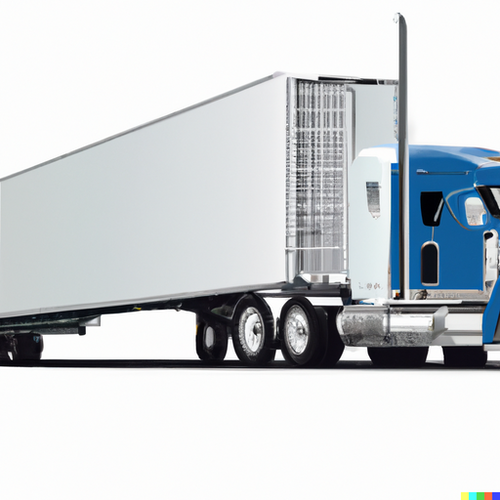Health Issues for Truck Drivers
The effect of the health issues on road safety
The life of a truck driver is often portrayed as a romantic in popular culture with images of the open road freedom, freedom, and an enticement to the sky. But, underneath this glamor lies a tough job, strewn by health issues that could directly or indirectly create accidents. This article explores the intricate connection with health concerns of truck drivers and the implications for road safety.
1. The Sedentary Nature of the Job:
Long hours of truck driving are sat in the office and doing little physical exercise. The lifestyle of sitting can cause numerous health issues like heart disease, obesity, and musculoskeletal issues. These conditions can affect the ability of drivers to react quickly in emergencies and increase the chance of accidents.
2. Sleep Disorders
Sleep apnea can be described as a condition where breathing stops and resumes in sleep. It is a common occurrence among truckers due to obesity and bad lifestyle choices. This disorder leads to the inability to rest, which is leading to daytime drowsiness and decreased alertness, and diminished cognitive functioning - all of which can be detrimental to safe driving.
3. Dietary Challenges
On the road eating healthy food may be difficult. A lot of drivers rely on fast food and processed snacks that can result in low nutrition. A diet high in fats, sugar, and unhealthy oils can result in diabetes, hypertension as well as other illnesses that can impair the ability to see, react as well as overall cognitive function.
4. Mental Health Concerns:
It can be lonely to drive a truck when you work long periods away from. This, combined with the fact that you are separated from your loved ones could trigger feelings of depression, anxiety and loneliness. Mental disorders can hinder the concentration of drivers, their ability to make choices and respond in a timely manner to road conditions.
5. Vision Impairments:
Some truck drivers may have a hard time paying for regular health checks because of their life style. Vision problems that are not treated caused by diabetes, old age or other issues can hinder the ability of truck drivers to determine distances or identify hazards.
6. Substance Abuse:
A few truck drivers turn to alcohol or prescription drugs in order to cope with the stress of their work. The use of drugs can affect judgement, reduce reaction time and cause sleepiness. This is a dangerous combination for drivers.
7. Chronic Pain and Medication
Chronic pain may be caused by the physical demands of loading and unloading cargo or sitting for long periods of time. This is especially true for the neck and back. To alleviate this pain motorists may resort to painkillers available over the counter or prescription medication, which could cause drowsiness or decreased alertness.
8. Stress and Fatigue
Stress can result from having to navigate traffic, meeting tight delivery deadlines or dealing with severe weather. Stress can cause fatigue, which can affect the capacity of a driver to focus and increasing the chance of making mistakes.
9. Lack of Regular Medical Check-ups
A majority of truck drivers do not attend regular health screenings due to their lifestyle. This means potential health issues aren't identified and dealt with in the early stages which allows them to grow and eventually affect driving abilities.
10. Solutions and Proactive Measures
Regular Health Screenings for Drivers: Trucking companies should facilitate regular health check-ups of drivers to identify and address problems that could arise early.
- Dietary Interventions: Providing motorists with healthier options for food at truck stops, and educating them on nutrition is a great way to encourage better dietary choices.
Mental Health Support Counseling assistance, helplines and support groups can help drivers overcome the mental strains of their job.
- Ergonomic Cab Designs: Improving the ergonomics of truck cabs can reduce physical strain on drivers, thus reducing the risk of developing musculoskeletal conditions.
Awareness and Training: Educating drivers about the risks associated with certain health issues and medications can promote safer driving habits.
Conclusion:
The security of our roads is closely tied to the health of truckers. These drivers form the foundation of the logistics industry and have a great deal of responsibility. Making sure they are well-being isn't only an act of love but a vital step towards safe roads for everyone. Transport companies, health professionals and policymakers should work together to make the public more aware of this issue.
